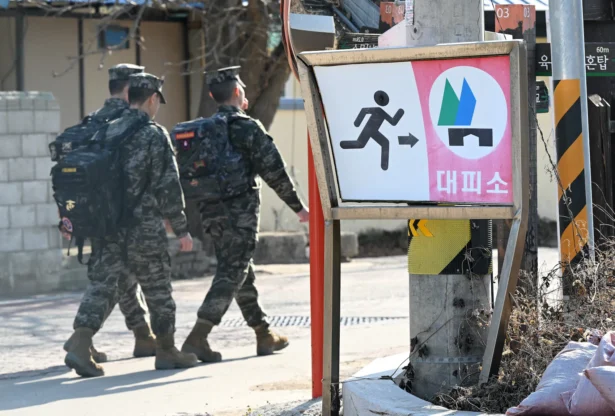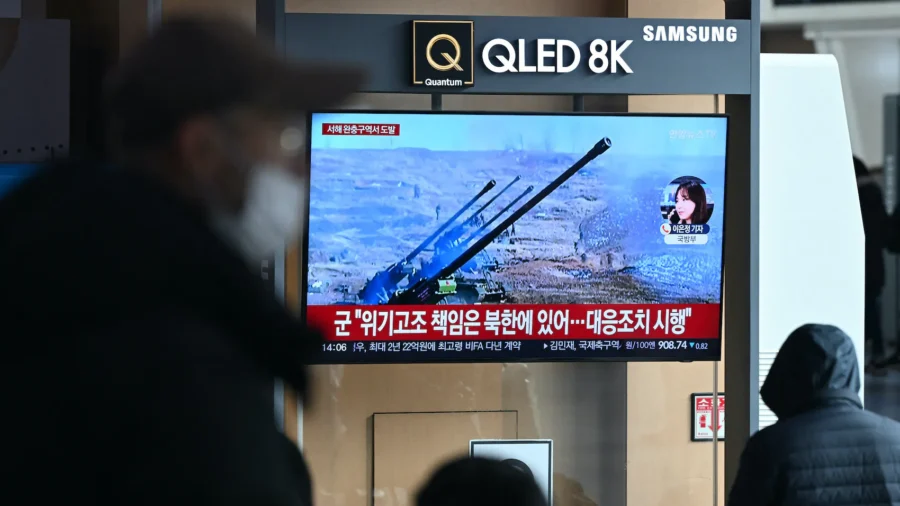North Korea fired more than 200 artillery rounds on Friday near a disputed maritime border with South Korea in another escalation of tension, prompting the South to respond with live fire drills on its side of the border.
North Korea later said its artillery firing was a “natural response” to recent military actions by South Korea’s “military gangsters” .
The North Korean action prompted the South’s military to evacuate the population of two South Korean islands to bomb shelters before it fired live rounds towards the disputed Northern Limit Line (NLL) border in the Yellow Sea, west of the peninsula.
According to the South Korean military, the North’s artillery shells all landed on the northern side of the sea border. No civilians or military targets were hit.
“This is an act of provocation that escalates tension and threatens peace on the Korean peninsula,” South Korea’s Defense Minister Shin Won-sik said, who supervised the responding firing drills.
Marine brigades based on the two islands—Yeonpyeong and Baengnyeong—fired at sea to the south of the NLL border to display its “overwhelming operational response.”
Disputed Waters
One of the islands where civilians were told to take shelter is Yeonpyeong, located 60 km (37 miles) west of South Korean shores and barely 11 km (7 miles) south of North Korea’s South Hwanghae province. It is home to just over 2,000 residents, including the troops stationed there.

The other island, Baengnyeong, lies an additional 90 km (56 miles) further out westward at sea, it too is situated 11 km (7 miles) south of North Korea. It has a population of about 4,900.
The NLL was drawn up in 1953 at the end of the Korean War. The unofficial border remained undisputed until the 1970s, when Pyongyang began violating the line, demanding the maritime border be redrawn further to the south.
Since then, the waters near the NLL have seen several deadly clashes between the North and the South.
In March 2010, a North Korean torpedo sank a small South Korean warship, killing 46 sailors. Several months later, in November, North Korean artillery opened fire at Yeonpyeong island, killing two soldiers and two civilians. North Korea said the action was provoked by South Korean live-fire drills that dropped shells into its territorial waters.
Leif-Eric Easley, professor of international studies at Ewha University in Seoul, said it was not unusual for North Korea to fire artillery in the area during winter drills.
“What’s different this year is … Kim Jong Un has publicly disavowed reconciliation and unification with the South,” he said.
In November, Pyongyang declared an agreement signed in 2018 aimed at de-escalating tension between the two nations was no longer valid, after the South said it would resume military drills near the border.
In remarks to a major communist party meeting last week, the North Korean leader said that unification with the South was impossible. The regime was fundamentally changing its policy towards the South, seeing it now as an enemy state.
Reuters contributed to this report.


